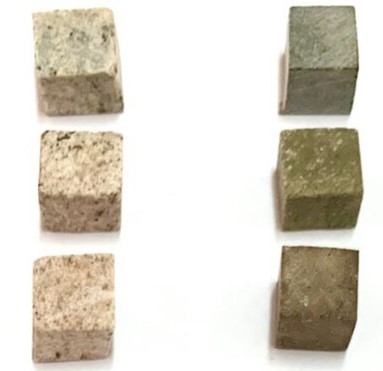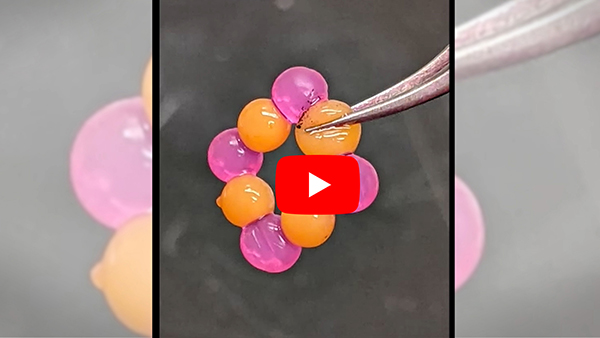FOR IMMEDIATE RELEASE
“Unreported VOC Emissions from Road Transport Including from Electric Vehicles”
Environmental Science & Technology

Exhaust fumes probably come to mind when considering vehicle emissions, but they aren’t the only source of pollutants released by a daily commute. In a recent ACS’ Environmental Science & Technology study, researchers report that alcohols in windshield washer fluid account for a larger fraction of real-world vehicle emissions than previous estimates have suggested. Notably, the levels of these non-fuel-derived gases will likely remain unchanged, even as more drivers transition from gas-powered to electric vehicles.
Cars’ average carbon dioxide emissions have dropped by 25% since the early 2000s, according to the U.S. Environmental Protection Agency, but this gas only accounts for part of the total. Another important component of emissions is volatile organic compounds (VOCs), a broad classification of carbon-based molecules that are easily vaporized and that can contribute to ozone formation. While some VOCs are released in exhaust, others may arise from an unexpected source – the products used for “car care,” such as windshield washer fluid. Estimates from a national inventory of manufacturer statistics in the U.K. showed that car-care products could be an even greater source of VOCs than exhaust, but these numbers had never been verified experimentally. So, Samuel Cliff and coworkers decided to measure the amounts of vaporized windshield washer fluid ingredients from cars on a real-world road and compare it to the inventory estimates.
To measure the VOCs actually emitted by vehicles, the researchers outfitted a van with several instruments, including a mass spectrometer, and parked it near a busy roadway. By comparing the van’s measurements with those from a university site with minimal traffic influence, they calculated the average amount of vapor given off per car for each kilometer traveled for several key VOCs.
The measured values matched inventory estimates for aromatic compounds that are commonly monitored and regulated, but those for alcohols – key ingredients in windshield washer fluid – far exceeded inventory numbers. In fact, the release of two alcohols, ethanol and methanol, was nearly twice the amount of all VOCs released in exhaust. The discrepancy in alcohol emissions could be accounted for by including solvents from car-care products in the inventory estimations, suggesting that these products are a significant, if unexpected, source of vehicle-derived pollutants. The researchers say that this finding has implications for future regulatory policy especially as drivers transition to electric vehicles, which may have fewer emissions from fuels but will still need clean windshields.
The authors acknowledge funding from the U.K. Natural Environment Research Council and the Panorama Natural Environment Research Council Doctoral Training Partnership.
###
The American Chemical Society (ACS) is a nonprofit organization chartered by the U.S. Congress. ACS’ mission is to advance the broader chemistry enterprise and its practitioners for the benefit of Earth and all its people. The Society is a global leader in promoting excellence in science education and providing access to chemistry-related information and research through its multiple research solutions, peer-reviewed journals, scientific conferences, eBooks and weekly news periodical Chemical & Engineering News. ACS journals are among the most cited, most trusted and most read within the scientific literature; however, ACS itself does not conduct chemical research. As a leader in scientific information solutions, its CAS division partners with global innovators to accelerate breakthroughs by curating, connecting and analyzing the world’s scientific knowledge. ACS’ main offices are in Washington, D.C., and Columbus, Ohio.
To automatically receive press releases from the American Chemical Society, contact newsroom@acs.org.
Note: ACS does not conduct research, but publishes and publicizes peer-reviewed scientific studies.







